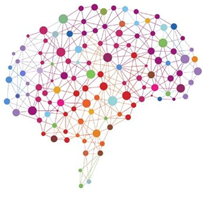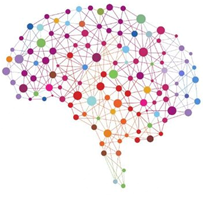Title: Social basis functions
Abstract: Navigating social environments is a fundamental challenge for the brain. It is established that the brain solves this challenge, in part, by representing social information in an “agent-centric” manner; knowledge about others’ abilities or attitudes is “tagged” to individuals such as “oneself” or the “other” person with whom we are interacting. This intuitive approach has informed our understanding of dorsomedial prefrontal and anterior cingulate cortex (dmPFC and ACC), key nodes of the social brain. However, the patterns or combinations in which the individuals might interact with one another is as important as the identities of the individuals themselves. Using functional magnetic resonance imaging and a social group-decision making task, I show dmPFC and ACC represent the combinatorial possibilities for social interaction afforded by a given situation and that they do so in a compressed format resembling the basis functions employed in spatial, visual, and motor domains. I discuss the implications of these computations for social decision-making. One consequence are characteristic deviations of optimal choice that can manifest as failures of self-other-distinction (or self-other-mergence). I show that self-other mergence depends on the experience of acting together in a group. In addition, I show that the use of basis functions can improve people’s performance in our task. The use of basis functions can be incentivised in a subtle way by changing the decisions that people need to make at a given point in the task. Paradoxically, increasing the set of possible decisions in the task can improve participants’ decisions making performance, if these decisions incentivise people to factorise the task information along the basis functions.

